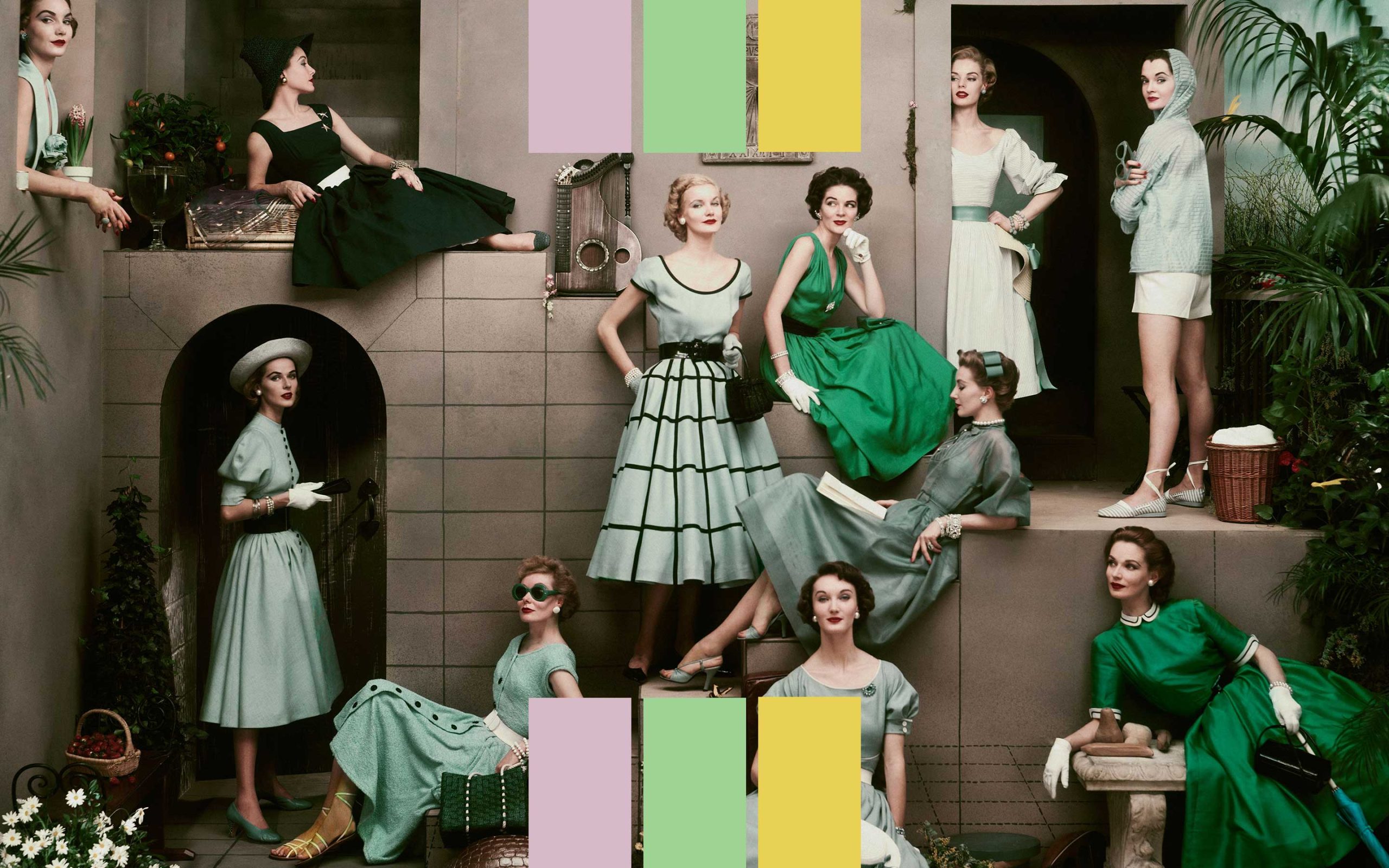If you’re interested in learning more about creating patterns for your Fashion next collection we can assist you. We have tips for designing patterns to help you through the entire process from beginning to the end. From the most important tools to effectively communicating We want to help you create the most successful clothing line.
1. Use the Proper Equipment for the Task
If you’re looking to learn how to draw patterns and designs it’s helpful to have right tools. The Creative Curator provides a list of items we believe are crucial to the toolbox of every designer.
Pattern paper is an essential item. Translucency allows you to trace and fine-tune your designs with ease. A measuring tool that is curved, such as”pattern master” or French curve can assist you in creating necklines, contours, and other organic shapes for your clothes.
A good pair of patterns scissors are essential like sharp, smudge-free pencils tape measures and an edge ruler that is straight. Other useful, small items are the awl and the pattern drill, tracing wheel and tape, pattern notchers and glue.
Of course, don’t ignore the dress shape. You can choose between adjustable and fixed styles that are the best for the needs of your client.
2. Examine Fashion Trends
If you draw the inspiration of your grandmother’s vintage McCalls patterns or prefer the digital e-pattern style It is essential to study and research clothing patterns. This is a fantastic opportunity to experience the different methods of how to construct garments and understand how the pieces are put together.
The basic design can be used as a basis for expanding your own designs and make something distinctive for your brand. They are also useful to understand scale and actual sizes, such as small, regular and large and tall, and more.
3. Set Due dates
It doesn’t matter if working by yourself or in conjunction working with a pattern maker; it’s essential to set deadlines and stick to the deadlines. The collections for the season must be fashionable and trendy. To make sure your collection is ready for the season it is essential to have an action plan.
4. The TEG Team discussed ideas while seated around a table
Solo designers need to be accountable and timeframes. If not, it’s easy to keep altering and tweaking your designs. A pattern maker like TEG TEG will help you define and stick to realistic deadlines in your pattern collection.
5. Establish Manufacturing Agreements
A manufacturing contract is a legal agreement that you need to choose a manufacturer and, before you choose a manufacturer you must know what you want it accomplish. The Guardian states that designers need to decide if they would like their manufacturing company to perform “cut-measure-trim” as well as “full production of packages.”
They also recommend doing your own research. Learn about the company from the inside before you sign on the to sign the dotted line. Check out their history and reviews as well as their performance. TEG has been a part of the Los Angeles Arts District for over 15 years and has a couture Studio in San Francisco. Our relationships with our designers are designed to last longer than only one-time interactions.
6. Select a Single Consistent Sample Size
When designing fashion-forward patterns, you must consider the consistency. Within a single collection you’ll have a range of items, each with their own design. One thing that needs to be used across all your designs is the size of the sample. After determining the best size for your client, make sure the top and bottoms of your garments are sized for to the exact same individual.
7. The design is based on a fit model
If you’re working on the fit model, you can use you can use a resource TEG can provide its customers. It is important to have every size of your samples to be appropriate for the individual prior to going to production. This is where you will be able to truly observe the way that a garment moves and drapes over a natural body, not the form of a dress. The size 0 doesn’t have to be the target, neither. An item designed for public consumption is best achieved by using a design that’s between the two typically around an 8.
8. Create a mockup of the Patterns design
As we have mentioned in the previous article Patternmaking is the creation of patterns that range from basic to ready for production. Also known as a toile, mockups are a fantastic method of reworking your patterns before sending them off to production.
A previous version of your outfit can be “mocked up” with the pattern as well as a more inexpensive material than the fabric you’ll use in the end for example, broadcloth, twill, or even the bedsheet. It is recommended that your mockup fabric is of a similar texture to the fabric you’ll employ during production.
The best fitting mockups are completed in person, but they are also useful when your model or client isn’t around in the area. They can be sent or tried on and photographed to determine how the fit can be altered.
9. Clear communication with your manufacturer
If there is a miscommunication between you and your patternmaker could reflect in your collection. One of the main characteristics to be looking for in a patternmaker apart from their name, is their communication style. Do you feel that they are heard? Can they be easy to communicate with? Are they willing to listen to your ideas? Are they able to “get” what you are trying to convey and do they understand your ideas.

